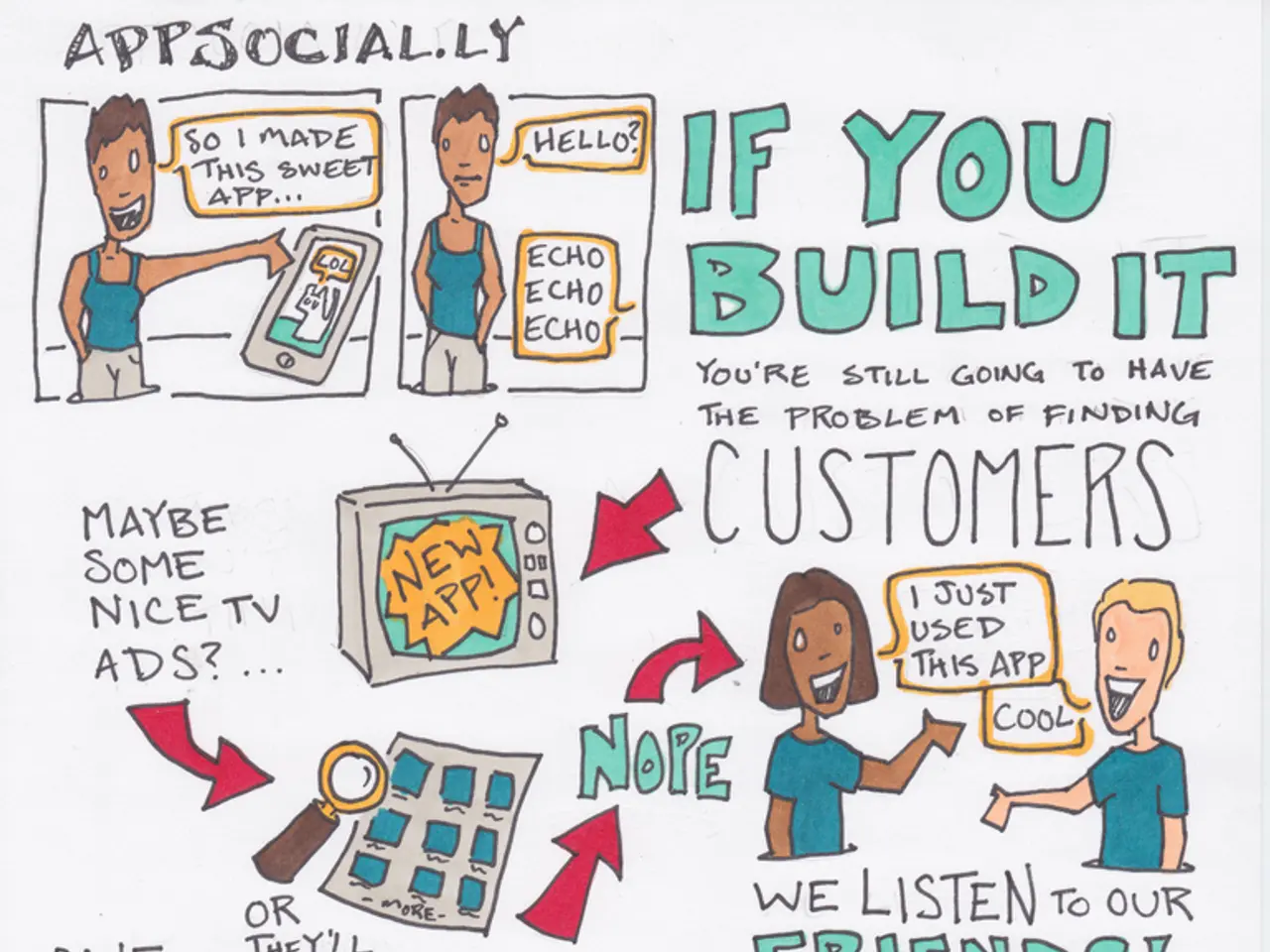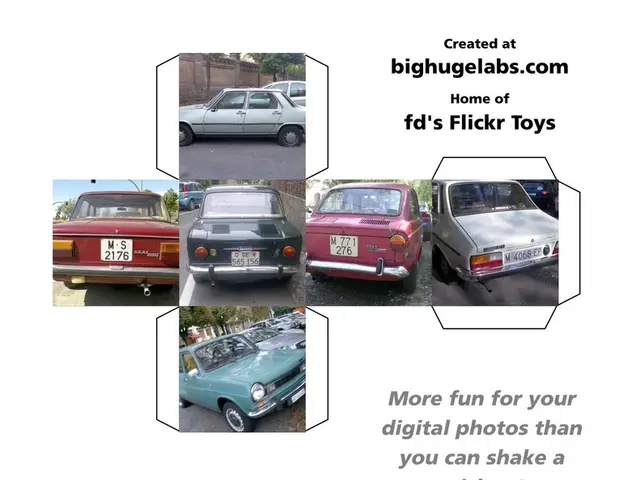The Importance of Audio Description in Film and Television Translation
In the ever-evolving world of entertainment, accessibility is becoming a cornerstone for content creators. With over 285 million visually impaired people worldwide requiring entertainment accessibility, the demand for inclusive content is on the rise.
One platform leading the charge is Apple TV+, which integrates audio descriptions (AD) in over 20 languages, making it one of the most accessible platforms for international audiences. This accessibility feature is not limited to major studios; AI-enhanced AD tools are making it easier for smaller studios and translation and localization services to implement these features without excessive production costs.
Streaming giants like Netflix and Amazon Prime Video are also stepping up their game. Netflix has seen a 40% growth in content with AD in recent years, offering these services in multiple languages and allowing users to customize their settings. The BBC, too, has over 20% of its content featuring AD, setting an industry standard for accessibility.
Notable examples of AD implementation can be found in popular series like Squid Game on Netflix, which features AD examples in multiple languages, including English, Spanish, and others. Marvel Studios and Disney have also added audio-described films in multiple languages to enable visually impaired viewers globally to immerse themselves in the stories.
The demand for AD is not just a passing trend; it's the future of film & TV localization. As AI continues to revolutionize this field, AD is becoming a default industry standard. AI video description software can analyze video content and generate automated narration for localization services, making the process more efficient and cost-effective.
Companies like AudioX, Suno AI, and ElevenLabs are at the forefront of this revolution, offering AI-based solutions for creating high-quality AD. These tools provide professional AI audio content generation from text, images, and videos, with advanced multi-modal input and editing tools. They also generate music and vocals from text prompts in multiple languages for diverse genres, and offer AI-powered audio and video editing with voiceover, music, and sound effect integration in a seamless creative workflow.
The benefits of implementing AD are far-reaching. Studios can expand their audience base, comply with legal accessibility requirements, improve user experience and engagement, and strengthen their reputation as inclusive content providers. Moreover, when combined with closed captioning, AD ensures content is culturally and physically accessible, breaking visual barriers and making media more inclusive.
Even YouTube is joining the bandwagon, with its AI-generated captions now extending into audio descriptions for the blind, making video content more accessible. As we move forward, it's clear that accessibility will play a crucial role in the entertainment industry, breaking down barriers and opening up a world of entertainment to all.
Read also:
- Corporate gathering dominated by avian attendees
- Packaging design of Comfort brand gets an update with a flexible, adaptable system.
- Changes in manufacturing and consumer habits driven by cosmetic certification processes
- Expanding Bio-based Polypropylene Market to Showcase a Compound Annual Growth Rate (CAGR) of 26.5% till 2034








